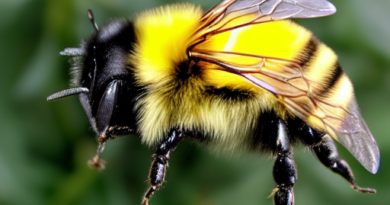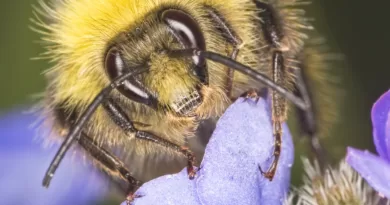Bumblebee Sting vs Other Insect Stings
When it comes to insect stings, the pain and discomfort they can cause can range from mild irritation to intense agony. One of the common stings that people encounter is the bumblebee sting. In this article, we will explore the bumblebee sting in comparison to stings from other insects, delving into the pain, allergic reactions, and ways to alleviate the discomfort.
Understanding the Bumblebee Sting
Bumblebees are robust insects that are beneficial to the environment due to their role in pollination. However, when threatened or provoked, they can deliver a painful sting. The bumblebee’s sting is a defensive mechanism rather than a way to capture prey. The sting is equipped with venom that causes localized pain, redness, and swelling.
Comparing the Pain: Bumblebee Sting vs. Other Insect Stings
The perception of pain varies among individuals, but generally, a bumblebee sting is characterized by its sharp, instant pain that subsides over time. In contrast, other insect stings, such as those from wasps and hornets, can often result in more immediate and intense pain. This is due to the composition of their venom, which may contain different proteins that trigger stronger reactions in humans.
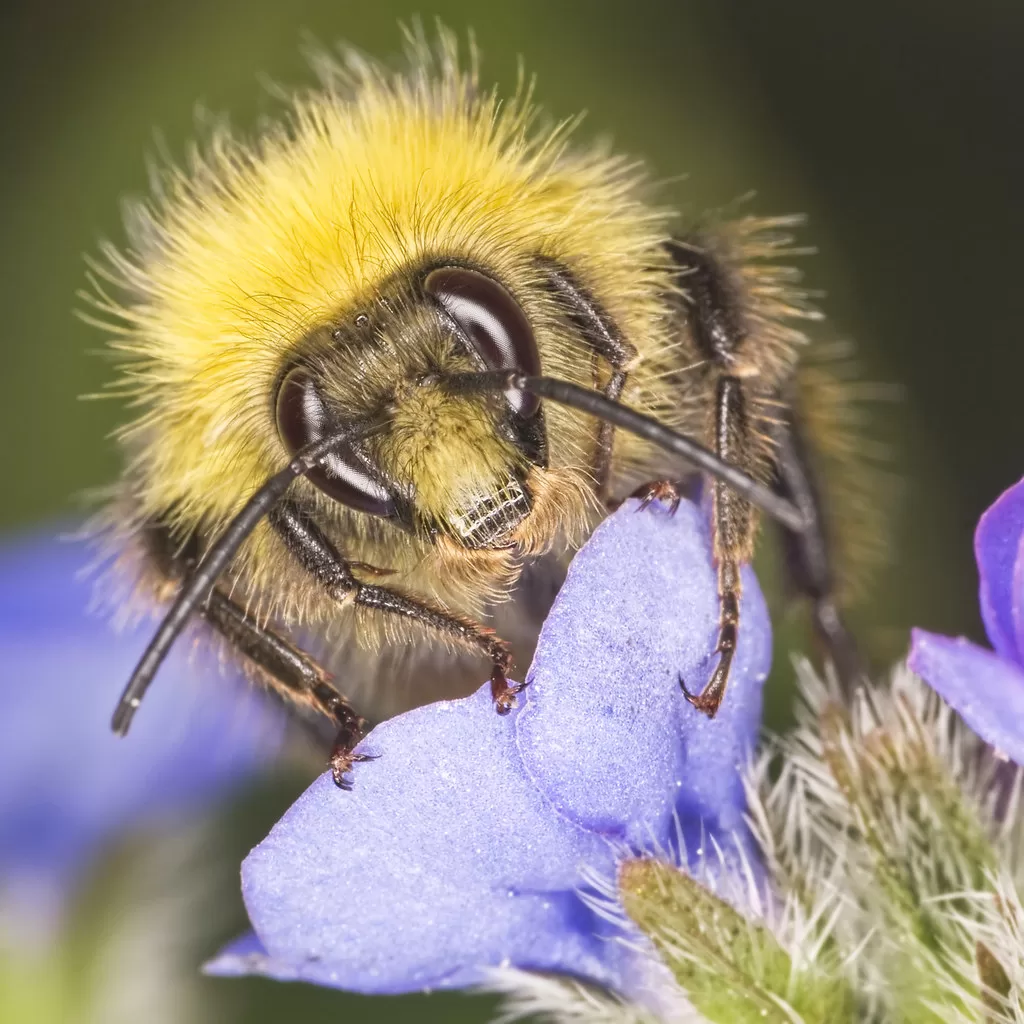
See Also: Do Bumble Bees Sting? And What You Can Do About It
Allergic Reactions: How Bumblebee Stings Differ
While most people experience localized reactions to bumblebee stings, allergic reactions can occur in some individuals. These reactions can range from mild itching and hives to severe symptoms like difficulty breathing and anaphylaxis. It’s important to note that bumblebees’ venom is not as potent as that of certain other insects, like honeybees or fire ants, which are known to cause more severe allergic reactions in sensitive individuals.
First Aid and Alleviating Discomfort
When stung by a bumblebee or any other insect, swift and appropriate first aid can make a significant difference in minimizing discomfort. If a bumblebee sting occurs, the stinger should be removed gently and as quickly as possible to reduce venom injection. Washing the affected area with mild soap and water and applying a cold compress can help alleviate pain and swelling.
Prevention and Caution
To avoid bumblebee stings and other insect stings, taking preventative measures is key. Wearing appropriate clothing, such as closed-toe shoes and long sleeves when spending time outdoors, can reduce the risk of getting stung. Additionally, avoiding sudden movements and loud noises around bumblebees can prevent them from feeling threatened and thus reduce the chances of being stung.
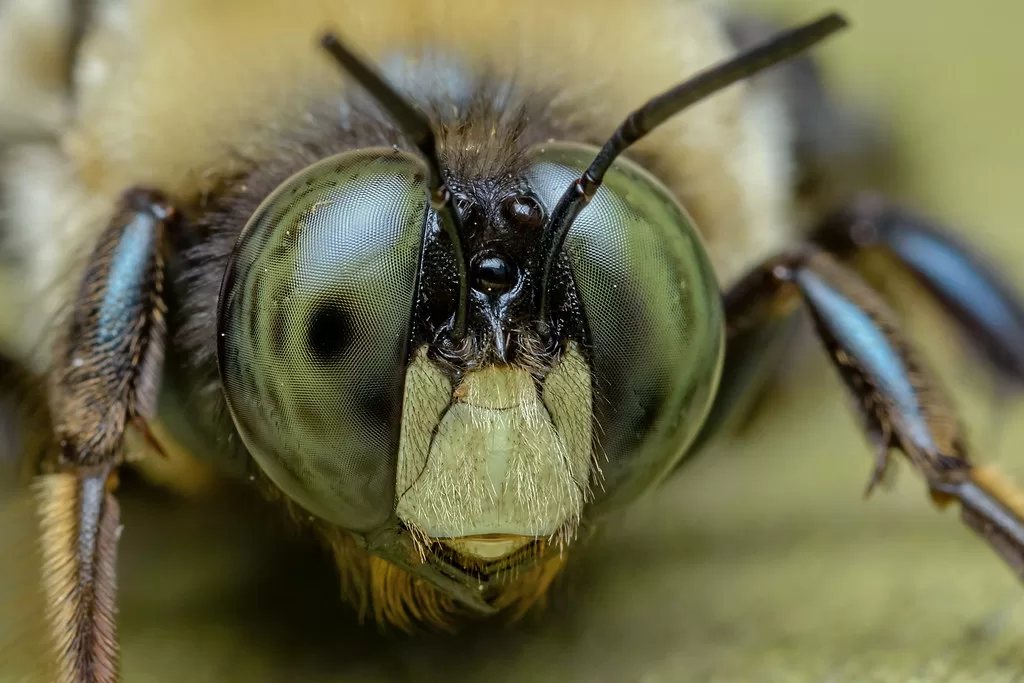
The Importance of Understanding Insect Stings
Educating ourselves about different insect stings, including the bumblebee sting, is essential for both our safety and the well-being of these creatures. Each insect serves a purpose in the ecosystem, and while stings may be a defense mechanism, they are not intended to harm humans unprovoked. By understanding the differences between various stings, we can better prepare ourselves and respond appropriately when encounters with these insects occur.
Debunking Myths and Misconceptions
In the realm of insect stings, numerous myths and misconceptions circulate. One common myth is that all stinging insects are aggressive and out to sting humans. However, this is far from the truth. Many insects sting only when they feel threatened or believe their hive or nest is in danger. Bumblebees, for instance, are relatively docile and will only sting if they perceive a significant threat. By debunking these misconceptions, we can foster a more harmonious coexistence with these creatures.
Bumblebees: Nature’s Pollinators and Nurturers
Beyond their potential to sting, bumblebees play a vital role in the environment as pollinators. They assist in the reproduction of various plants, including crops that constitute a significant portion of human diets. The decline in bumblebee populations, along with other pollinators, has raised concerns about food security and ecosystem health. Therefore, protecting these creatures becomes not only a matter of personal safety but also a responsibility toward the planet’s delicate balance.
The Role of Local Adaptations
It’s fascinating to note that the intensity of a bumblebee sting can vary based on geographic location and the specific species of bumblebee. Some species have evolved to have more potent venom to deter predators, while others have milder stings that are less painful to humans. This adaptation showcases the intricate relationship between insects, their environments, and the selective pressures that shape their behaviors.
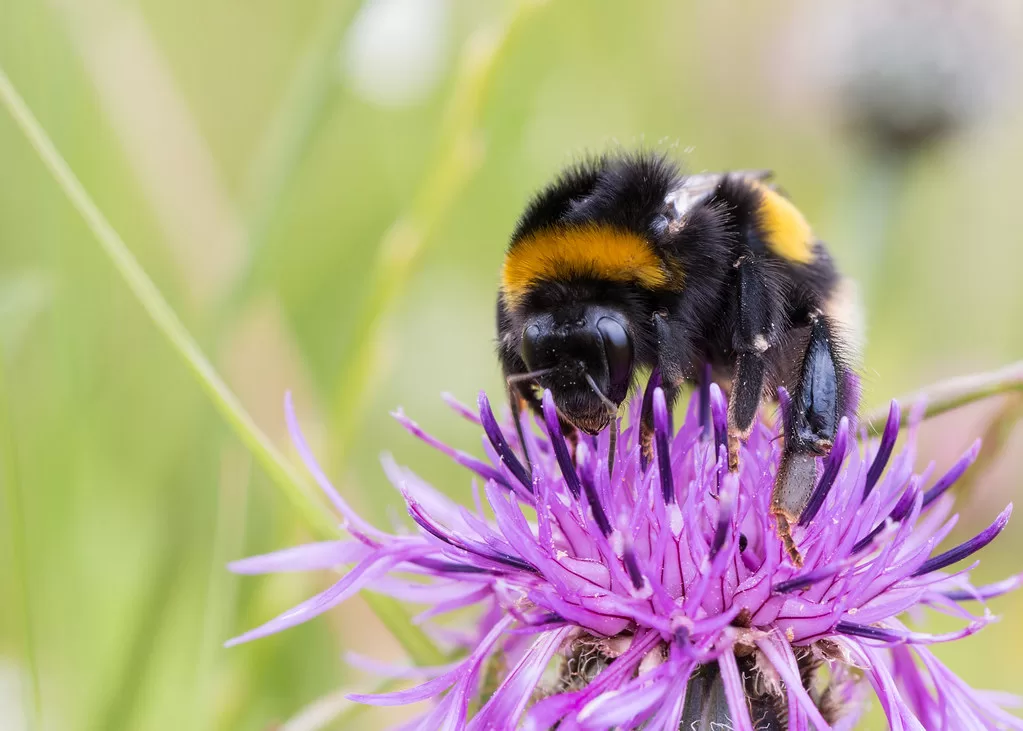
Natural Remedies and Modern Treatments
When dealing with the aftermath of an insect sting, various natural remedies and modern treatments can provide relief. From applying a paste of baking soda and water to using over-the-counter antihistamines, there are multiple approaches to ease discomfort and itching. However, it’s essential to remember that severe allergic reactions require immediate medical attention, and carrying an epinephrine auto-injector for individuals prone to such reactions is crucial.
Promoting Coexistence and Conservation
Ultimately, the key to minimizing the impact of insect stings lies in promoting coexistence and conservation. Rather than fearing these creatures, understanding their behaviors and ecological roles can lead to a more peaceful cohabitation. Planting pollinator-friendly gardens, supporting initiatives to protect pollinators, and raising awareness about the significance of these insects can contribute to their preservation.
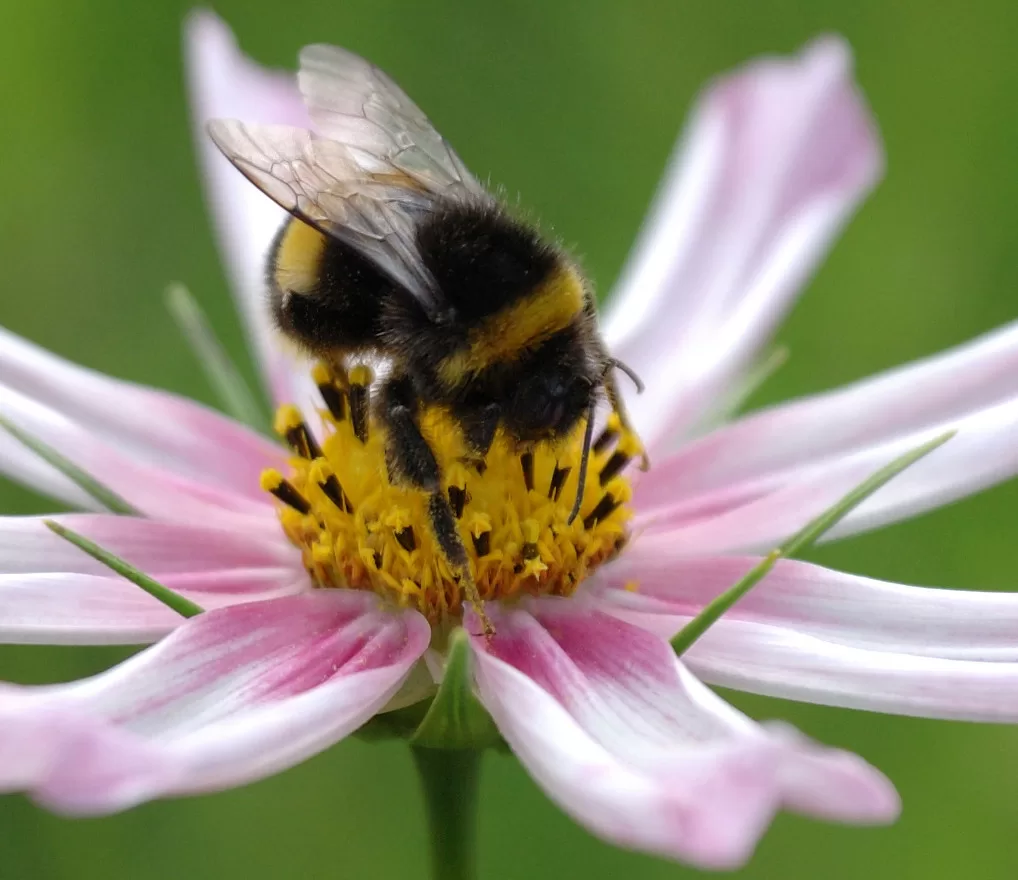
Embracing Curiosity and Learning
In conclusion, exploring the world of insect stings, including the bumblebee sting, is an opportunity to embrace curiosity and learning. By approaching these creatures with respect and understanding, we can overcome needless fear and appreciate the intricate web of life in which they are a part. So, the next time you encounter a bumblebee buzzing around, remember that it’s not just a potential sting you’re encountering, but a fascinating being with a story woven into the fabric of nature.
As we continue to navigate the delicate balance between humans and insects, let’s strive for a future where our interactions are characterized by coexistence, appreciation, and the shared wonder of the natural world.
Conclusion
In the world of insect stings, the bumblebee sting stands out for its distinct pain profile and relatively mild venom. While it can cause discomfort, especially in those with allergies, it is generally less severe compared to stings from other insects like wasps and honeybees. Being cautious, knowing first aid, and respecting the space of these buzzing creatures can go a long way in preventing the unwelcome experience of a bumblebee sting. Remember, it’s not just about avoiding their sting, but also about appreciating the crucial role bumblebees play in our ecosystem.
Enjoyed this article? You may also like:
Do Bumble Bees Sting? And What You Can Do About It
Do bees have knees? Facts Behind Bees Knees
Does Febreze kill Ants? Things You Need to Know
Do Ants Poop? The Fascinating answer to one of nature’s most puzzling questions!


